Moving to Coeur d'Alene
lovestogarden
14 years ago
Featured Answer
Comments (15)
Skybird - z5, Denver, Colorado
14 years agodigit
14 years agoRelated Professionals
Danbury Landscape Architects & Landscape Designers · Salem Landscape Contractors · Davis Landscape Contractors · Eustis Landscape Contractors · Inglewood Landscape Contractors · Kaneohe Landscape Contractors · New Cassel Landscape Contractors · Paso Robles Landscape Contractors · Rochester Landscape Contractors · Crowley Landscape Contractors · Maple Heights Landscape Contractors · Coto De Caza Solar Energy Systems · Madison Solar Energy Systems · Orinda Solar Energy Systems · Titusville Solar Energy SystemsSkybird - z5, Denver, Colorado
14 years agodigit
14 years agolovestogarden
14 years agodigit
14 years agojnfr
14 years agodigit
14 years agojnfr
14 years agonursebay
11 years agodigit
11 years agomargaretmontana
11 years agodigit
11 years agomargaretmontana
11 years ago
Related Stories

KITCHEN DESIGNHouzz Call: Pros, Show Us Your Latest Kitchen!
Tiny, spacious, modern, vintage ... whatever kitchen designs you've worked on lately, we'd like to see
Full Story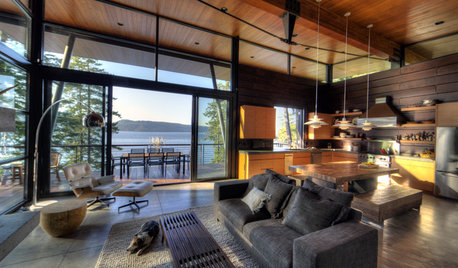
HOUZZ TOURSHouzz Tour: Modern 'Pods' Offer a Log Cabin Compromise
Two generations enjoy togetherness and privacy too, in this cleverly designed lakefront vacation home in Idaho
Full Story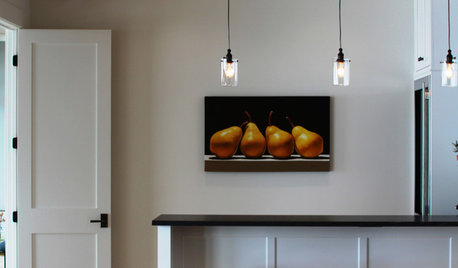
DOORSKnow Your House: Interior Door Parts and Styles
Learn all the possibilities for your doors, and you may never default to the standard six-panel again
Full Story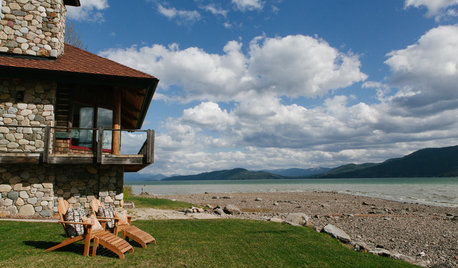
RUSTIC STYLEHouzz Tour: Home’s Idaho Flavor Balances Rustic and Luxe
Local flora, fauna and textures come together in this relaxing vacation house on the state’s largest lake
Full Story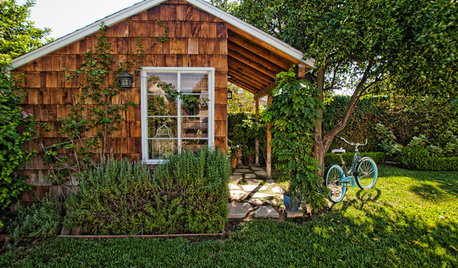
BACKYARD IDEAS7 Backyard Sheds Built With Love
The Hardworking Home: Says one homeowner and shed builder, ‘I am amazed at the peace and joy I feel when working in my garden shed’
Full Story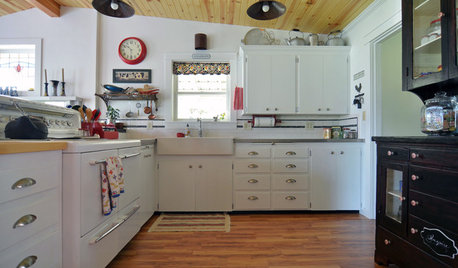
BEFORE AND AFTERSKitchen of the Week: Classic White Farmhouse Style Restored
A couple remodel their kitchen to better match their 19th-century Oregon home’s style
Full Story
KITCHEN APPLIANCESFind the Right Cooktop for Your Kitchen
For a kitchen setup with sizzle, deciding between gas and electric is only the first hurdle. This guide can help
Full Story
REMODELING GUIDESYour Floors: Zebra, Tiger, and Teak Wood, Oh, My!
Get the Pros and Cons of Exotic Woods: Hickory, Cherry, Rosewood and More
Full Story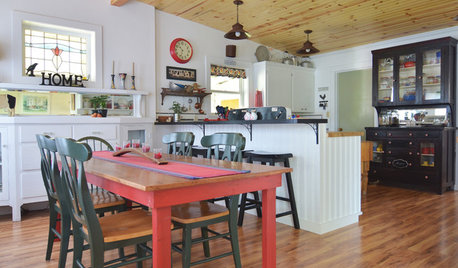
MY HOUZZGet Ideas From the Top My Houzz Tours of 2015
Meet the DIY design-savvy personalities behind your favorite homes this year who know how to rock color and maximize square footage
Full Story
TRAVEL BY DESIGNHomes Away From Home: 10 Charming U.S. Bed-and-Breakfasts
Looking for a more personal stay on your getaway? These homey bed-and-breakfasts roll out the welcome mat in style
Full StoryMore Discussions







digit